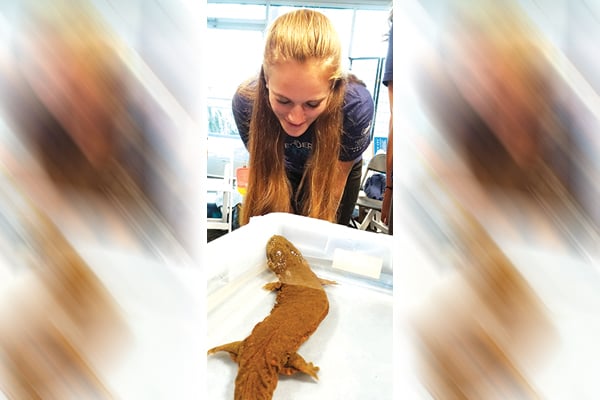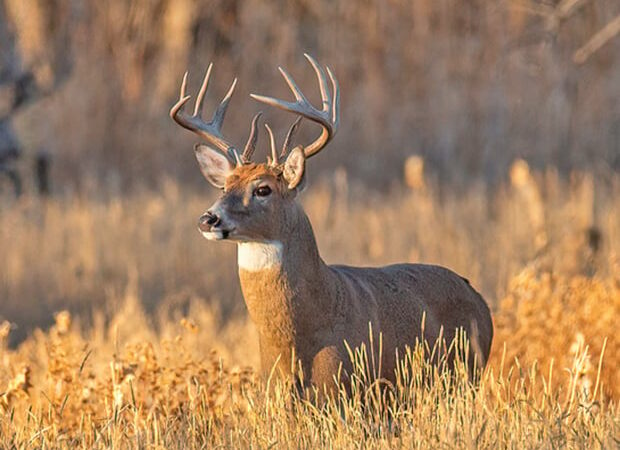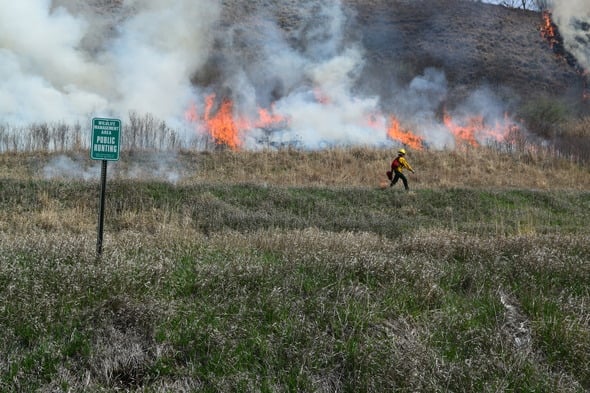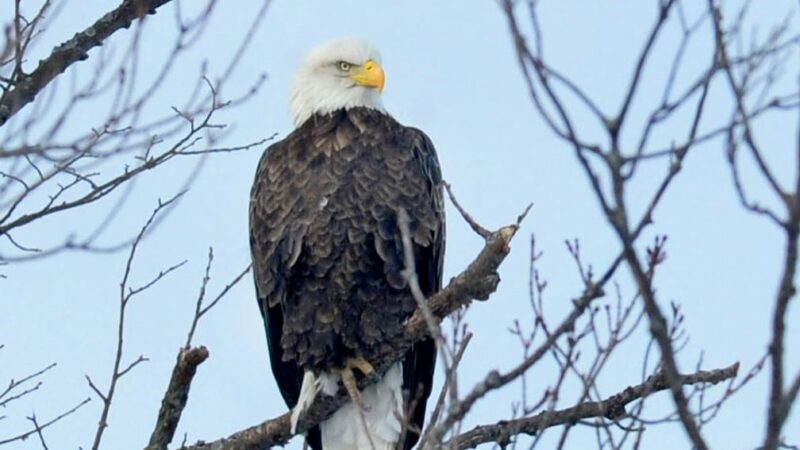Notes off a soiled cuff: Federal protection of hellbenders could impact trout stocking in part of Pennsylvania – Outdoor News

In mid-December, the U.S. Fish and Wildlife Service announced a proposal to list the eastern hellbender as an endangered species throughout its range under the Endangered Species Act. A population of the unique, huge salamander – once numerous but now just treading water – exists in Pennsylvania’s Northern Tier.
An interesting situation may already be developing around the listing of the hellbender and trout stocking by the Pennsylvania Fish & Boat Commission in the state’s northcentral region. A research group at the University of Pittsburgh reportedly will publish a study this spring showing that stocked trout eat baby hellbenders.
If hellbenders get federal protection – and that seems likely now – the U.S. Fish and Wildlife Service may direct the commission to stop stocking fish in at least some streams north of Interstate 80, according to James Suleski, a board member of the Pennsylvania Chapter of the Native Fish Coalition.
“The Pennsylvania Fish & Boat Commission’s invasive brown and rainbow trout stocking overlaps with known vulnerable hellbender populations where juveniles are at great risk of being eaten by the invasive trout,” he said. “USFWS has requested other states not stock invasive trout over sensitive native federally endangered species like the candy darter or guyandote crayfish in West Virginia. Engaging the PF&BC could be part of the fed’s strategy in the PA Wilds where hellbenders live.”
MORE COVERAGE FROM PENNSYLVANIA OUTDOOR NEWS:
‘Hellbender Defenders’ say proposed endangered species listing is long overdue for huge salamander
Neighbor saves Carbon County, Pa., man in attack by rabid bear
Unique fence design deters whitetails from Pennsylvania crop fields
The eastern hellbender is the official salamander of Pennsylvania, thanks to a group of high school students who dubbed themselves the original Hellbender Defenders back in 2016.
Part of the Chesapeake Bay Foundation’s Student Leadership Council, they wrote the first draft of the bill that was eventually signed into law in 2019.
* This so far exceptionally cold winter in Pennsylvania – at least by modern standards – may have some beneficial impacts beyond creating the best ice-fishing conditions we’ve seen in perhaps a decade. But don’t expect it to have much of an effect on black-legged ticks, also known as deer ticks, advises Emily Struckhoff, vector-borne disease specialist with Penn State Extension.
Tick numbers matter because about 30% of them that are active in the spring and summer carry Lyme disease, and Pennsylvania has one of the highest rates of Lyme disease cases in the U.S.
Ticks live for two years, so to complete their life cycle, they have to be able to survive winter, Struckhoff explained. “They become less active and sort of bury themselves in the soil and the leaf litter, under the snow. It helps insulate them a little bit from these really frigid temperatures,” she said.
“We don’t expect a cold winter or a cold snap in the middle of winter to have a huge effect on their population. I wish I had the opposite answer.”







